Property owners with new constructions underway can easily adjust building plans to account for energy efficiency and long-term sustainability. Net-zero-ready building construction is an admirable goal, and you will find several resources ready to help you design an energy-efficient building.
Even if absolute net-zero energy usage isn’t a primary goal, your building design can include infrastructure that allows you to make upgrades at a later date.
New building owners may feel overwhelmed with the available energy-saving options, but what about older buildings? Owners can take advantage of retrofits for commercial buildings. The cost for energy-efficient upgrades is decreasing as technology advances.
Older buildings are responsible for an estimated 76% of energy used, and 40% of greenhouse gas emissions in the United States, according to the Quadrennial Technology Review – An Assessment of Energy Technologies and Research Opportunities released by the U.S. Federal Government.
The report goes on to mention energy usage can decrease by over 20% by 2030 if older commercial buildings adopt energy-saving practices.
What are Retrofits for Commercial Building
Retrofitting commercial buildings is more affordable than many facility owners realize. They have multiple options and payment plans that work for almost everyone.
The cost savings for commercial business owners is substantial. Retrofitting HVAC and lighting systems decreases energy usage while lowering operating costs.
Energy savings are not the only advantage. Building owners can also improve accessibility, security, safety, and indoor air quality. Employees and visitors have a healthier environment, and this can lead to additional savings and revenue.
The goal of any retrofit for a commercial building is to make it a high-performance facility. It increases the overall building value and helps owners get closer to realizing their sustainability goals. A retrofitted building is also less expensive to operate and increases in value.
For those looking to see how much you could save with an LED retrofit for their commercial buildings, we have an eBook just for you. In The Essential Guide to Calculating Energy Savings and ROI on and Lighting Project, we walk you through all of the calculations step-by-step so you can calculate your savings and ROI.
Commercial Building Retrofits to Consider
No two commercial facilities are exactly alike, but owners will want to consider one or all of these common strategies.
- Upgrade all lighting, HVAC, and other energy systems for optimal performance to reduce electrical costs.
- Install lighting to match occupancy while also using daylight when possible. Installing lighting sensors and advanced LED lighting fixtures will lower energy usage ensuring the lights are only on when the room is occupied.
- Invest in fresh air intake and additional natural ventilation technology when applicable.
- Think about installing solar shades on doors and windows.
- Upgrade all windows to ones designed to protect against outdoor temperatures. Commercial buildings in high-noise areas will want to consider noise-reduction windows.
- Look into emergency backup power sources like energy-efficient generators to keep the facility safe and functioning in all types of weather.
- Reducing the heat island effect by applying specific retrofits will help optimize the building’s energy performance capabilities.
- Use recognized rating systems from Green Globes or Energy Star to determine the building’s energy performance.
- Install smart meters and submeters for gas, water, and electricity will help control energy usage. It also allows employees to track their energy consumption so they can do their part to lower usage.
Retrofitting Commercial Buildings with Action Services Group
The options for retrofitting commercial buildings are continuing to advance, and more technical improvements are on the way.
Commercial building owners want to focus on currently available options, instead of waiting for new technology. Starting with smart building controls and programmable LED lighting fixtures will go a long way towards lowering energy usage and making the building more sustainable.
When you are ready to start retrofitting your commercial buildings, you need a knowledge partner, and we can help. Contact Action Services Group today and let us show you what we can do to help your meet your sustainability and energy-saving goals. Call 610-558-9773, emailing [email protected], or schedule a call that fits your needs by clicking the button below.

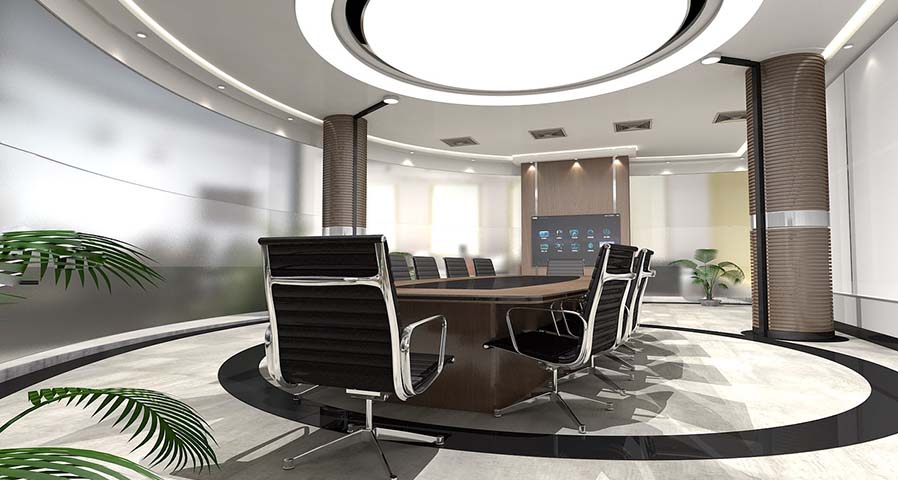
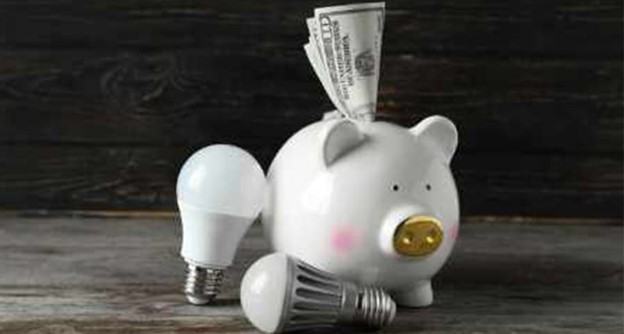
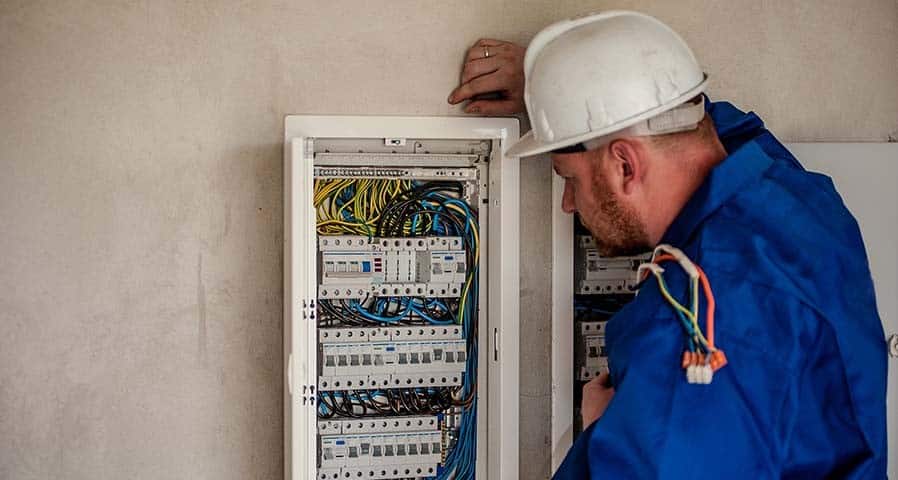
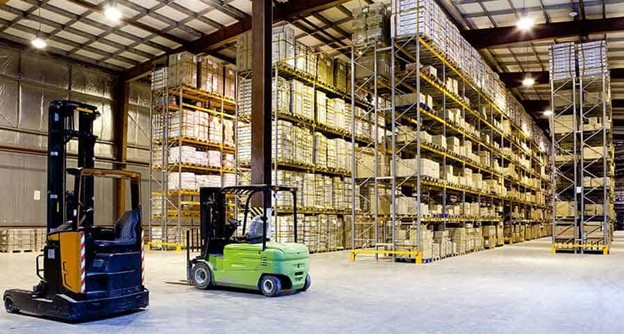
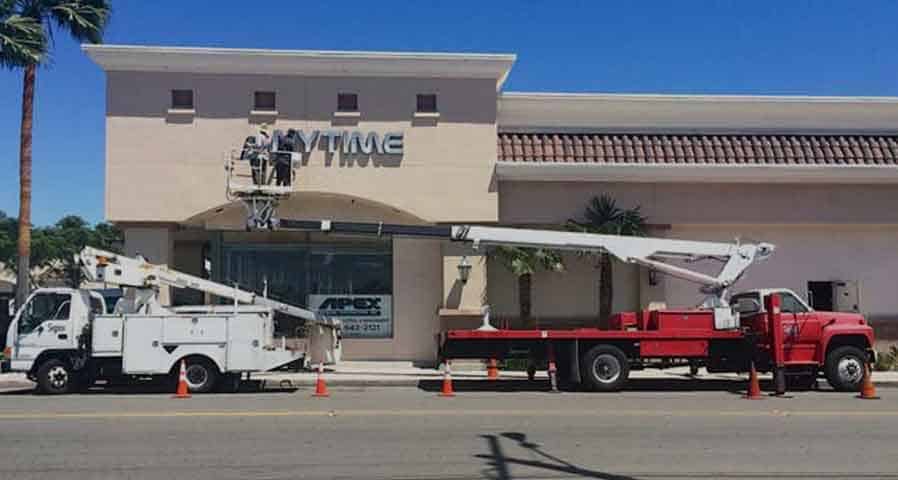

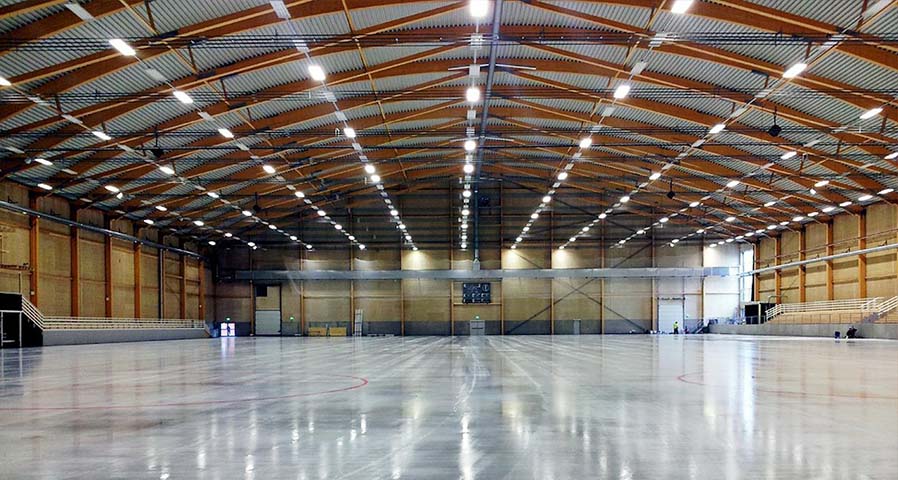
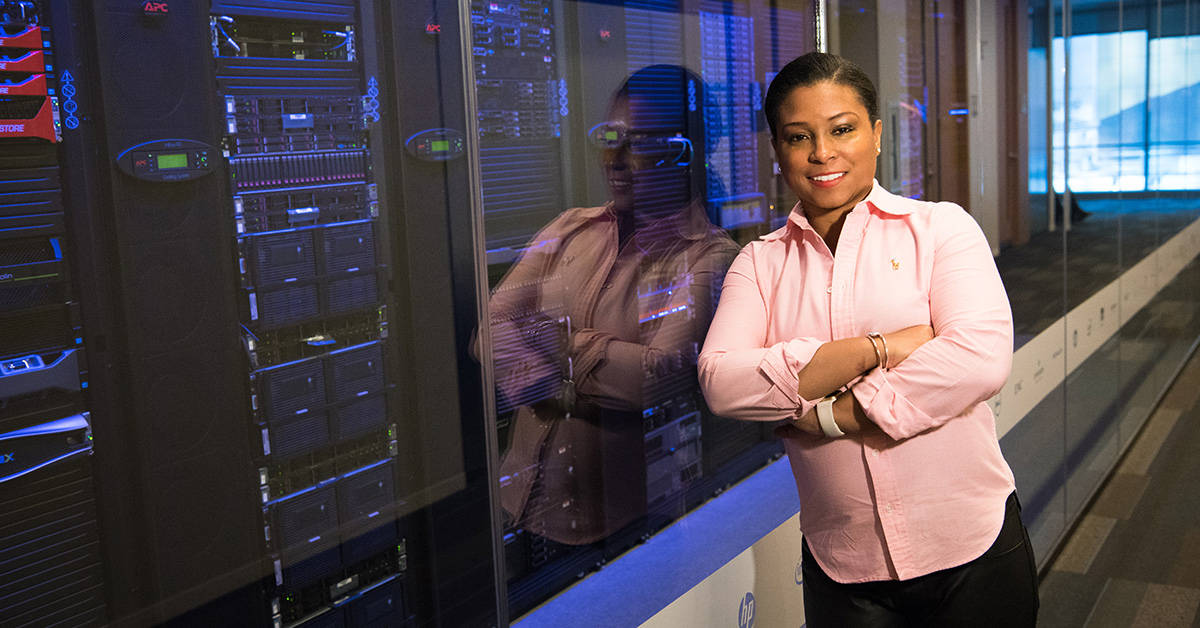







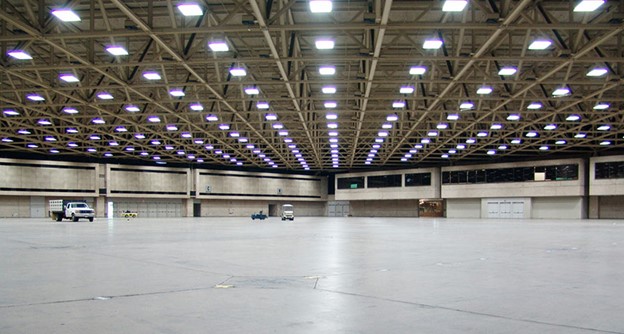
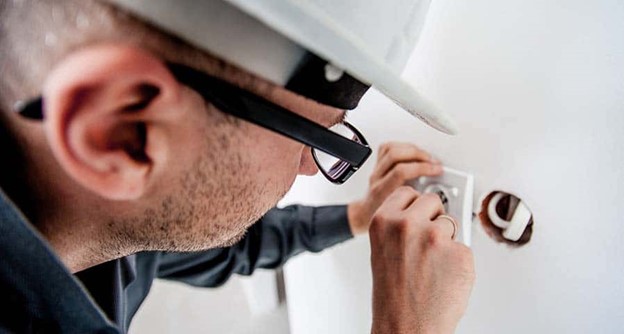

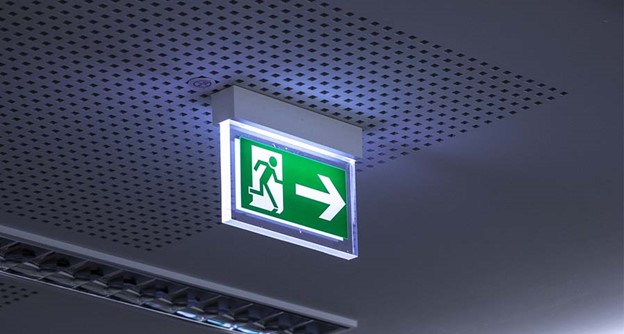
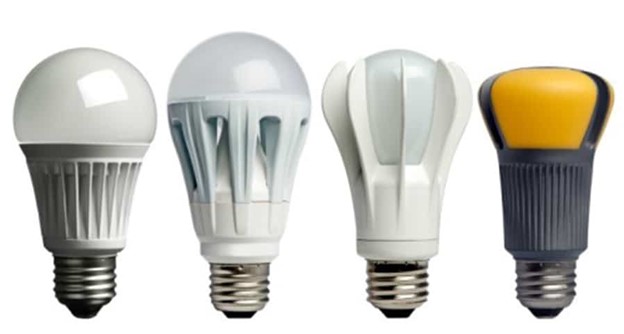
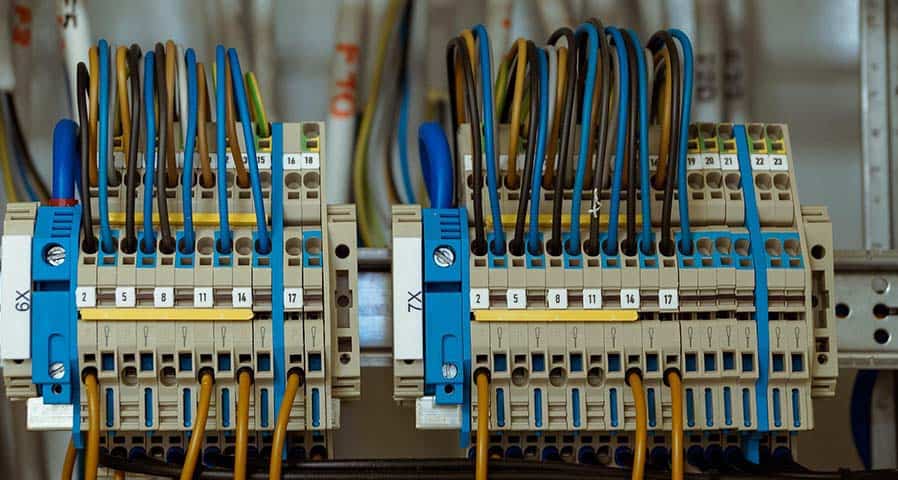
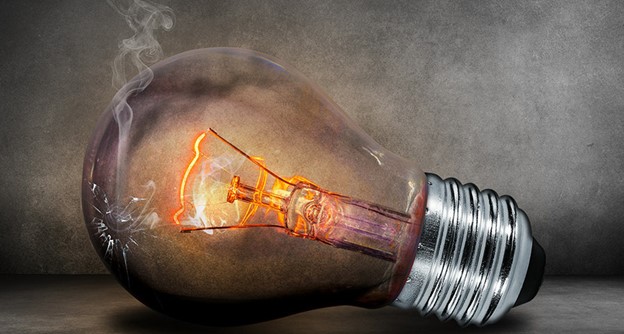

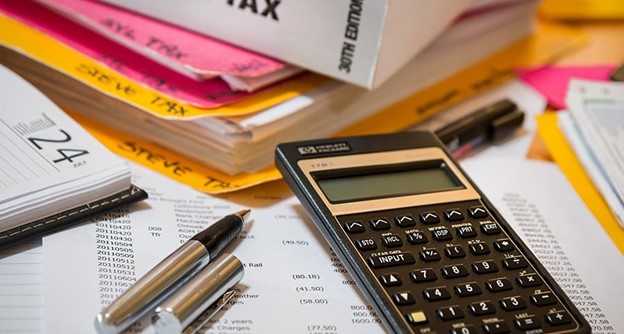
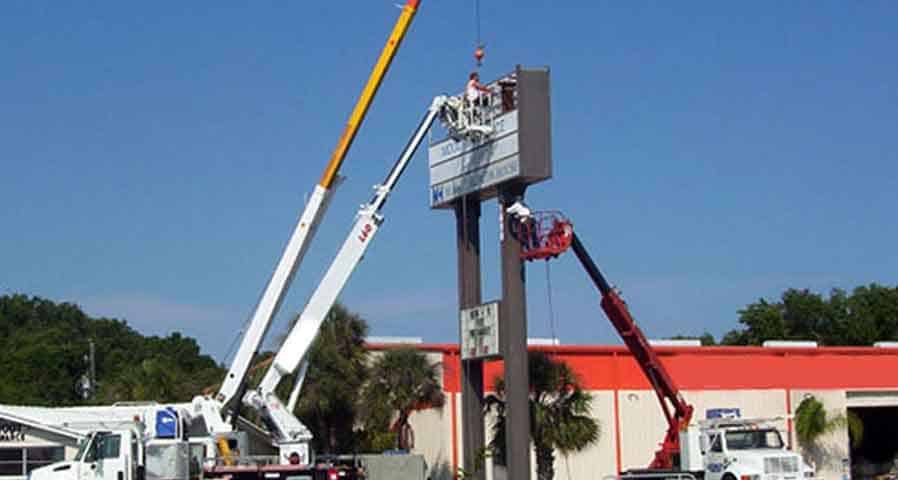

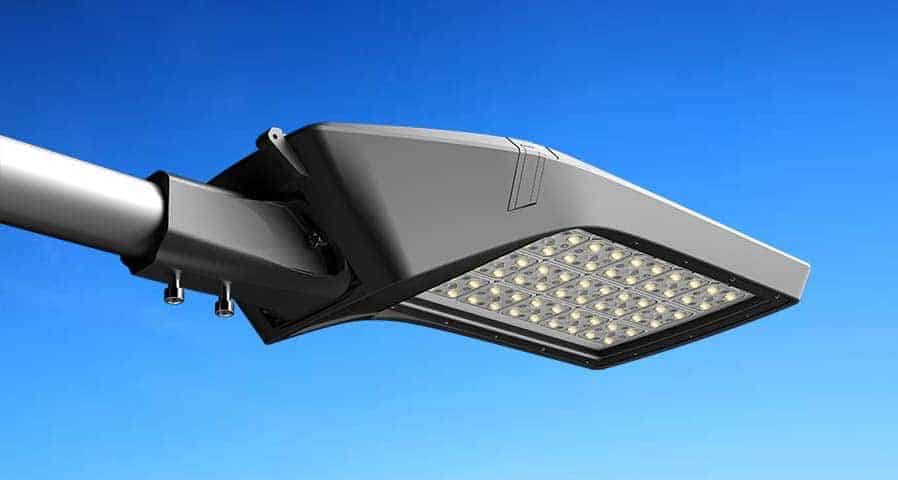
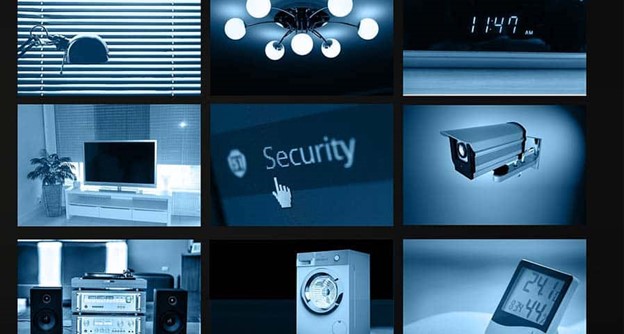
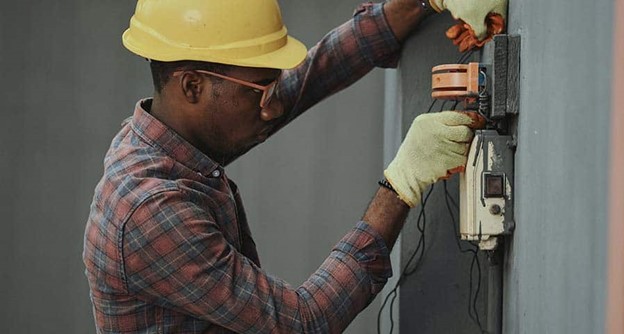
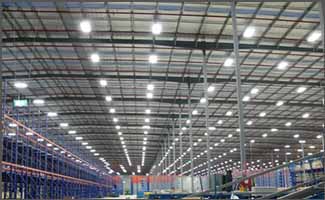
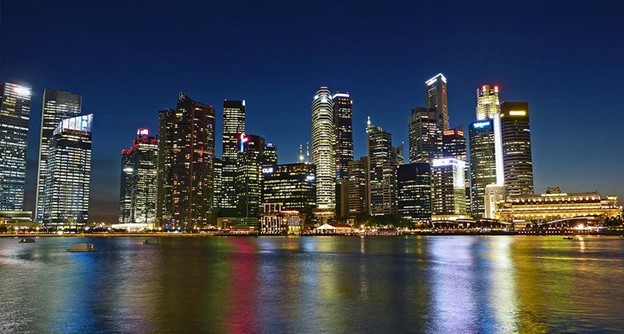

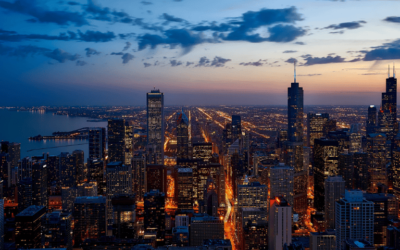

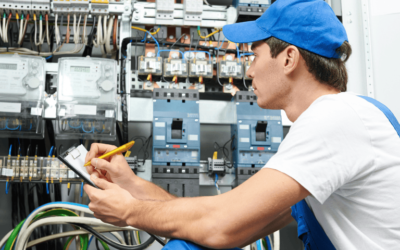

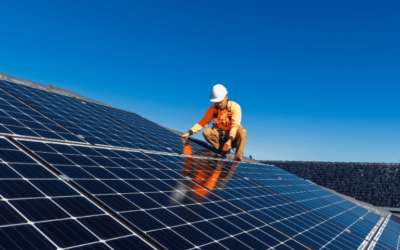
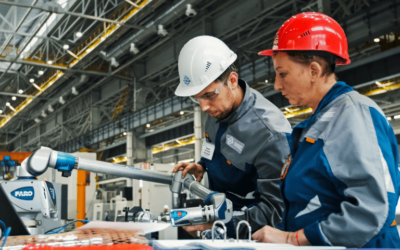
0 Comments